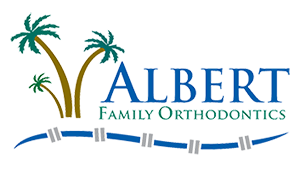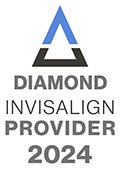Oral Care Instructions
Brushing
Use a toothbrush with soft bristles and a small strip of fluoride toothpaste, unless the child is under the age of 3. If a child is younger than age 3, parents should clean their child’s teeth with water and a soft-bristled toothbrush. After age 3, parents should supervise brushing. Use no more than a pea-sized amount of toothpaste and make sure children do not swallow excess toothpaste.
When you brush your teeth, move the brush in small circular motions to reach food particles that may be under your gum line. Hold the toothbrush at an angle and brush slowly and carefully, covering all areas between teeth and the surface of each tooth. It will take you several minutes to thoroughly brush your teeth. Brush up on the lower teeth, down on the upper teeth and the outside, inside and chewing surface of all of your front and back teeth. Brush your tongue and the roof of your mouth before you rinse.
Brush your teeth four times daily to avoid the accumulation of food particles and plaque:
- In the morning after breakfast
- After lunch or right after school
- After dinner
- At bedtime
As soon as the bristles start to wear down or fray, replace your toothbrush with a new one. Do not swallow any toothpaste; rinse your mouth thoroughly with water after you finish brushing. It is important to carefully floss and brush daily for optimal oral hygiene.
Flossing
For areas between the teeth that a toothbrush can’t reach, dental floss is used to remove food particles and plaque. Dental floss is a thin thread of waxed nylon that is used to reach below the gum line and clean between teeth. It is very important to floss between your teeth every day.
Pull a small length of floss from the dispenser. Wrap the ends of the floss tightly around your middle fingers. Guide the floss between all teeth to the gum line, pulling out any food particles or plaque. Unwrap clean floss from around your fingers as you go, so that you have used the floss from beginning to end when you finish. Floss behind all of your back teeth.
Floss at night to make sure your teeth are squeaky clean before you go to bed. When you first begin flossing, your gums may bleed a little. If the bleeding does not go away after the first few times, let a staff member know at your next appointment.
Rinsing
When you are finished brushing and flossing, rinse your mouth carefully with water or an antiseptic dental rinse. An antiseptic dental rinse can help minor gum inflammations and irritations from orthodontic appliances. Also used to cleanse canker sores, minor wounds and other mouth and gum irritations, this mouth rinse removes debris, enabling natural healing to occur.
Interdental
An interdental toothbrush (proxabrush) is another aid you might find useful in keeping your teeth, braces and gums clean and healthy. It can be used to clean under orthodontic wires and around braces. Use this device slowly and carefully, so you do not damage your braces.
Retainer
During the retention phase, it is important to brush your retainer every time you brush your teeth as they can accumulate food particles and plaque. Once a day, you should soak your appliance in a glass of room-temperature tap water with a denture-cleaning tablet, such as Polident or Efferdent. This will help prevent plaque build-up and oral infections and will keep your appliance tasting better. Do not use hot water as it can distort the appliance.
Foods to Avoid
Your teeth may be a little sore for the first week in braces, so we recommend sticking to a soft food diet until the discomfort subsides. While in braces, you can still eat just about anything although there are a few exceptions.
You should avoid hard foods, such as ice and pizza crust, as well as sticky foods, including licorice and caramels. These foods can damage wires and brackets. It is also important to minimize foods high in sugar content, like ice cream and cookies, and reduce sugary drinks to once a day.





